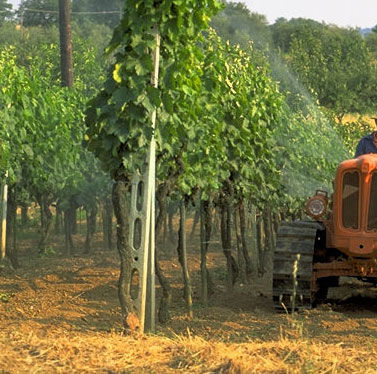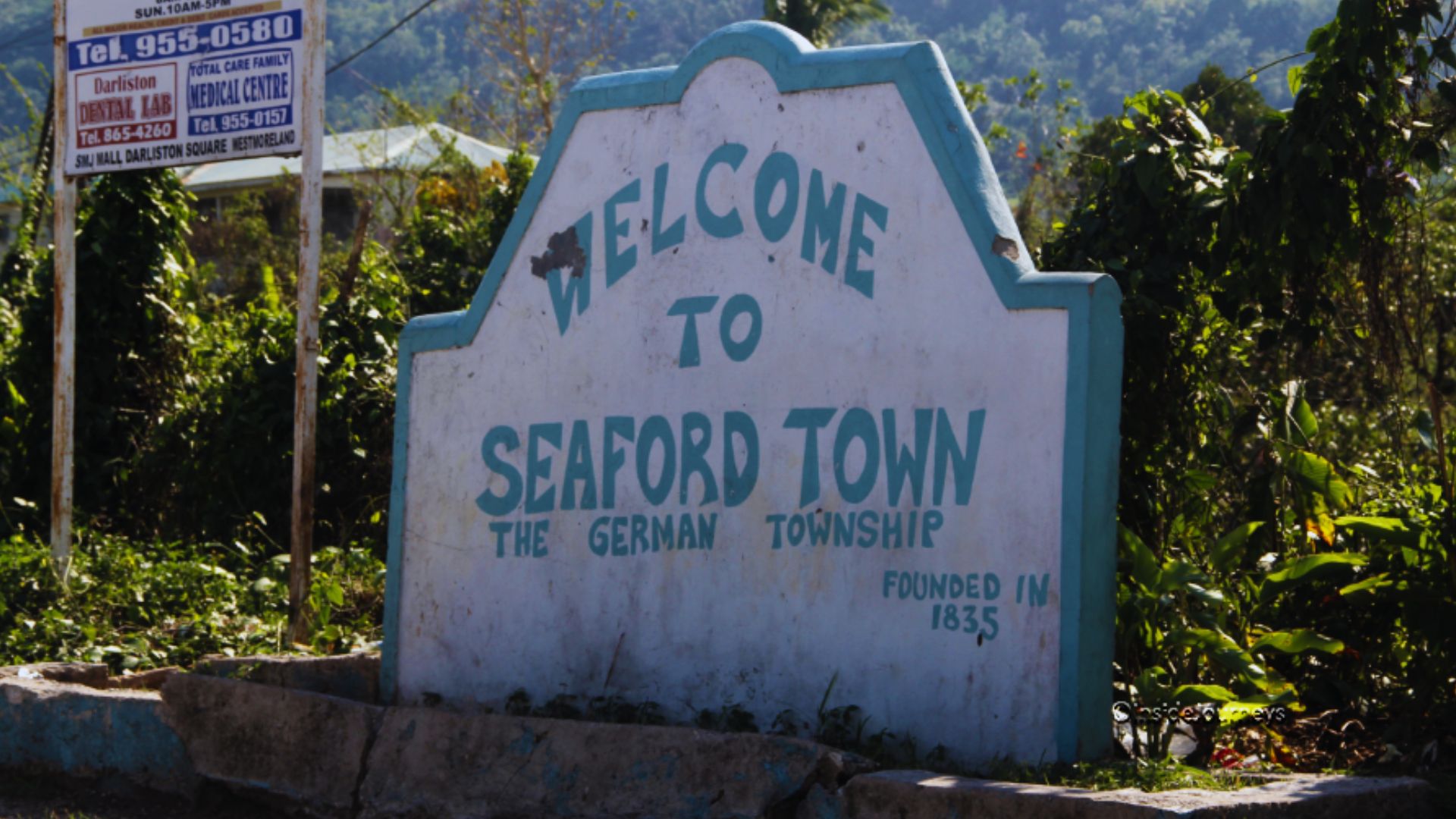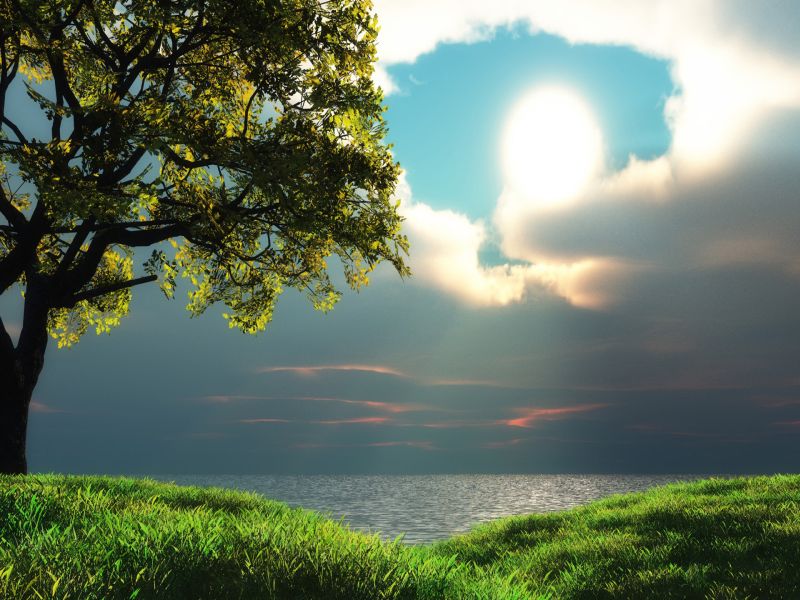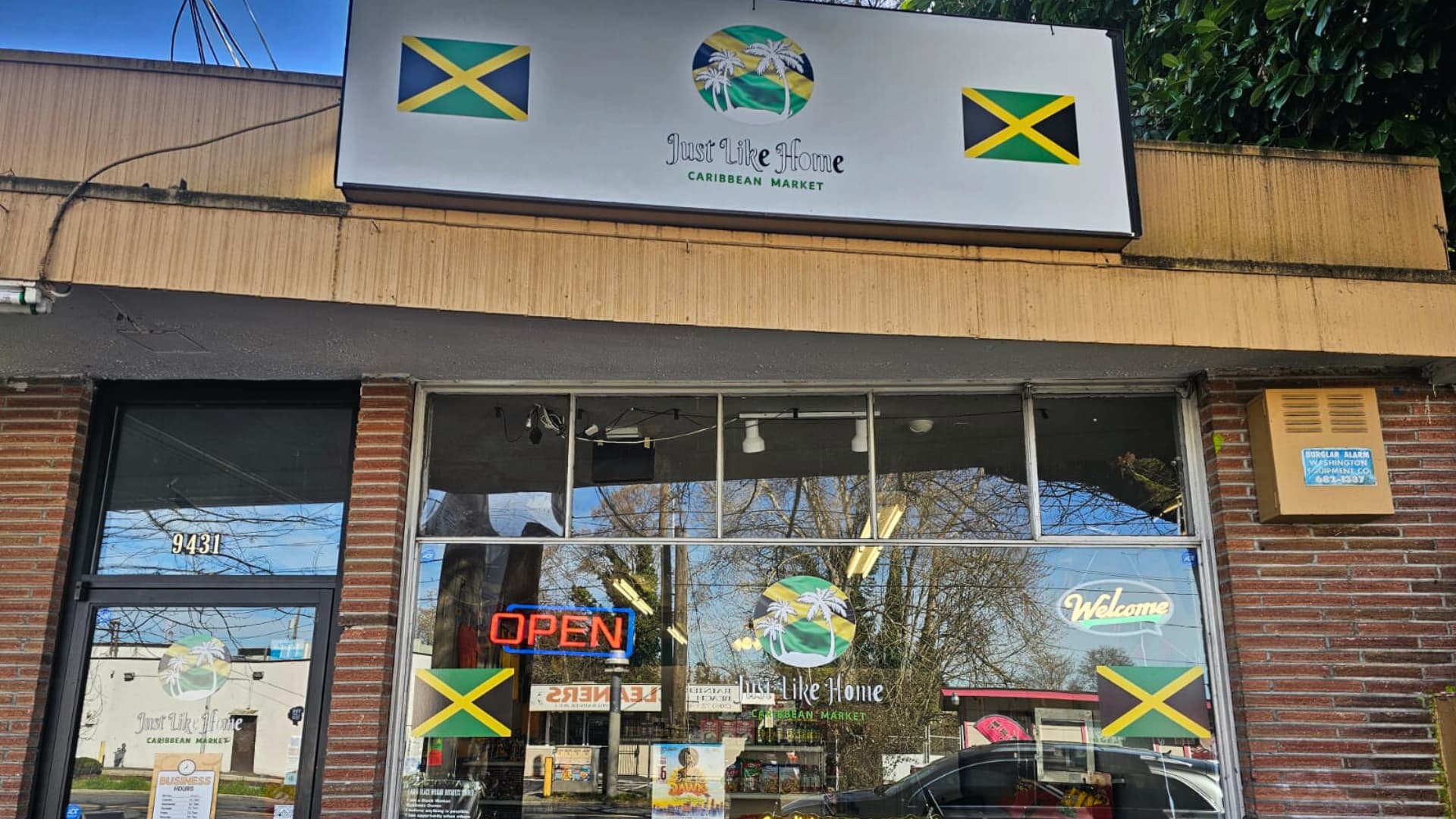Sometimes simple logic can provide answers to complex problems. Take the looming food crisis, for example. Many informed and intelligent voices have addressed the problem recently, warning of the ripple effects of the global financial crisis and the meltdown of stock markets around the world. But the answer is as plain as the nose on your face.
Dunstan Campbell, the Food and Agriculture Organization’s representative in Jamaica, The Bahamas and Belize, told The Sunday Gleaner last month that food prices were going to skyrocket. One reason: food is considered a secure commodity for trading on the stock market.
“The switch to food by brokers will increase more with what is happening with the financial situation in the U.S.,” Campbell was quoted as saying. Food items that are likely to be impacted are rice, wheat products, poultry and beef. All these items have escalated in cost, in a few cases more than twice, since January this year, he added.
The reason? According to Campbell, while other types of stock falter, food commodities might be viewed as an option for trading. He reported that stockbrokers have bought rice paddy fields in California that are still under cultivation. This, Campbell said, may compromise food security, as traders will determine buyers and prices.
In its report, The Gleaner noted that the most recent figures available show only some 273,000 hectares of 449,493 hectares of farmland in the country are under cultivation (a hectare is about two and a half acres). The report added that there has been “a steady increase in Jamaica’s food-import bill, rising from US$479 million in 2002, to US$662 million at November 2007.”
The facts listed above add up to a clear conclusion: Jamaica must grow more food. That would provide protection from the vagaries of international commodities trading, which has ravaged oil markets and skewed food prices around the world.
Indeed, it would seem to me that a country would be wise to try and produce all the food it consumes and have enough left over to sell to other less prudent countries. But I know that’s a pipe dream. People don’t always want to eat the food produced in their own country. They would rather pay through the nose for a week-old American apple than buy fresh otaheite apples from a higgler.
According to The Gleaner, Agriculture Minister Christopher Tufton said the Government has embarked on a number of initiatives aimed at increasing food production. These included yams, cassava, sweet potatoes and pumpkins. Also, there’s an experimental program under way to find out the best variety of rice for Jamaica.
Now, I have been out of Jamaica for a long time, but I don’t have to experiment to find out what rice grows there. When I was a boy there were rice paddies everywhere in the flat lands. My father was an agricultural instructor and he was always involved in some rice-growing project. I remember my cousin, Don, had some kind of deal where the government leased him rice fields. What happened to all the rice? Where did it go? Was it plowed under to build public housing projects?
You would be surprised at how much food Jamaica can produce, and what is edible. During World War II, U-boats surrounded Jamaica, and imports were cut off. So we had to improvise. There was no gas, so my father put the car on blocks and bought two horses and a buggy. We got around just fine.
There was no flour so someone figured out how to make bread and bun from mango seeds. And we ate bammies made from cassava (cassava will grow in drought-ridden areas like Pedro Plains). We had lots of yam and sweet potato and yampie. Jamaicans produce the world’s best coffee, and my good friend Cal Williams (who knows about these things) tells me our ginger is the most sought-after by foreign dealers.
If all else fails, there’s the versatile banana. You can eat it green as a vegetable, or ripe as a fruit. You can make porridge with it when it’s green and dessert with it when it’s ripe (even over-ripe). Dry it in the sun as a confection or bake it in bread… Its uses are limited only by our imagination. And there’s the bigger plantain – I wish I had a plate of fried plantain with my lunch today or a piece of roast plantain to dip in my hot chocolate.
In addition to coffee and chocolate, there’s bissie for tea (I understand that’s one of the secret ingredients in Coca-Cola), as well as every kind of bush imaginable – from lemon grass to peppermint. Some of them are medicinal, too! For example, the Maroons prepare a tea from the powdered bissie mixed with rum. It is used to cure bellyache, and as a tonic.
What the government should do is launch a massive research program to find out what grows or will grow in Jamaica and how it can be used. From food to pharmaceuticals, from fibers to livestock feed, Jamaica is a cornucopia of possibilities. But we need to focus our resources on agriculture and the processing of agricultural products. When I worked for the IDC back in the Sixties, we wasted a lot of our time and energy attracting screwdriver industries and sweatshops from abroad instead of concentrating on the processing of our own raw materials.
Of course, I was much younger then. Live and learn, as they say.
George Graham is a Jamaican-born journalist and author who has worked as a reporter in the Caribbean and North America for more than half a century. He lives in Lakeland, Florida. His new book, “The Color of Ice: A Canadian Serenade,” is available at www.publishamerica.com/shopping/index.htm






